When you think of protein sources, nutritional yeast probably isn’t the first thing that comes to mind. In fact, it might not even be on your radar at all. But as a nutritionist and weight loss coach who’s helped hundreds of women over 40 reclaim their health, I can tell you: nutritional yeast (aka “nooch”) deserves a spot in your pantry.
This golden flake packs a surprising protein punch, offers an impressive list of health benefits, and is versatile enough to sneak into everyday meals. Whether you’re plant-based, dairy-free, or just looking to boost your protein in creative ways, keep reading—you’re going to want this ingredient in your life.
What is Nutritional Yeast?
Nutritional yeast is a deactivated yeast (usually Saccharomyces cerevisiae) that is grown on molasses or sugar beets, harvested, heated, and dried. Unlike baking yeast or brewer’s yeast, nutritional yeast doesn’t cause dough to rise and it won’t ferment anything. It has a naturally cheesy, nutty, savory flavor, making it a favorite among vegans and health-conscious eaters.
It’s available in both flake and powder form, and you can typically find it in the bulk aisle or natural foods section of your local grocery store. Popular brands include Bragg, Bob’s Red Mill, and Red Star.
Nutritional Breakdown: Why Nooch is a Protein Powerhouse
Here’s where nutritional yeast really shines. Just 2 tablespoons of fortified nutritional yeast provide:
- 8-10 grams of complete protein
- 3-4 grams of fiber
- High levels of B-vitamins (including B12 in fortified versions)
- Zinc, magnesium, selenium, and manganese
- Zero sugar and minimal carbs/fat
What Makes It a Complete Protein?
Nutritional yeast contains all nine essential amino acids, making it one of the rare plant-based complete protein sources. That means your body can actually use it efficiently for building muscle, supporting metabolism, and keeping you full longer.
Comparing Nutritional Yeast to Other Protein Sources
| Protein Source | Serving Size | Protein per Serving | Complete Protein? |
|---|---|---|---|
| Nutritional Yeast | 2 tbsp (16g) | 8–10g | Yes |
| Egg | 1 large | 6g | Yes |
| Chickpeas | 1/2 cup | 7g | No |
| Almonds | 1 oz | 6g | No |
| Quinoa | 1 cup cooked | 8g | Yes |
Health Benefits Backed by Science
Let’s look at the science behind nutritional yeast’s benefits:
1. Supports Lean Muscle and Fat Loss
Thanks to its high protein content, nooch can help preserve muscle mass during weight loss. According to a study published in Nutrients, consuming adequate protein increases satiety, supports metabolic rate, and protects lean muscle during calorie restriction (Nutrients, 2019).
2. Boosts Energy and Brain Function
Fortified nutritional yeast is rich in B-complex vitamins, especially B12, which is essential for energy production, cognitive health, and red blood cell formation. A study published in the American Journal of Clinical Nutrition found that adequate B12 intake is linked to better mood and energy levels, especially in older adults (AJCN, 2010).
3. Immune System Support
Beta-glucans in nutritional yeast have been shown to stimulate immune cells and enhance the body’s defense mechanisms. A 2013 clinical trial found that athletes who supplemented with nutritional yeast had fewer upper respiratory infections (British Journal of Nutrition, 2013).
4. Gut Health and Digestion
The fiber in nutritional yeast feeds healthy gut bacteria and helps regulate digestion. While it’s not a probiotic itself (it’s deactivated), it can play a role in promoting better gut balance.
Ways to Use Nutritional Yeast
This is where nutritional yeast shines: it’s a stealthy flavor enhancer and protein booster. Here are my favorite ways to sneak it in:
1. Sprinkle It On:
Popcorn (hello, cheesy flavor with no dairy!)
Roasted vegetables
Baked potatoes
Avocado toast
Scrambled eggs or tofu
2. Blend It In:
Smoothies (trust me, just a tsp blends right in)
Salad dressings
Dips like hummus or guacamole
Vegan sauces and soups
3. Cook With It:
Stir into mashed potatoes or cauliflower mash
Mix into pasta or zoodles with olive oil
Add to grain bowls for extra flavor and nutrients
Recipes Featuring Nutritional Yeast
1. Vegan “Cheesy” Sauce
Ingredients:
1/2 cup cashews (soaked for 2 hours)
1/4 cup nutritional yeast
1 clove garlic
1/2 tsp turmeric
1 tbsp lemon juice
3/4 cup water
Salt to taste
Instructions: Blend all ingredients until creamy. Use over steamed veggies, grain bowls, or pasta.
2. Protein-Packed Salad Dressing
Ingredients:
2 tbsp nutritional yeast
1 tbsp tahini
1 tbsp apple cider vinegar
1 tsp Dijon mustard
1 tbsp olive oil
2 tbsp water
Instructions: Whisk together or blend for a creamy, high-protein dressing. Great on kale or quinoa salads.
3. Cheesy Roasted Chickpeas
Ingredients:
1 can chickpeas (drained and rinsed)
1 tbsp olive oil
2 tbsp nutritional yeast
1/2 tsp garlic powder
Salt and pepper to taste
Instructions: Roast at 400F for 30-35 mins until crispy. Makes a great snack or salad topper.
Can You Supplement With Nutritional Yeast?
Yes—but moderation is key. While it’s packed with nutrients, some people may be sensitive to the compounds in yeast, especially those with yeast allergies or IBD. Look for fortified versions to ensure you’re getting B12 if you follow a plant-based diet. A daily serving (1-2 tbsp) is plenty to reap the benefits without overdoing it.
Who Should Consider Adding It?
- Vegans/vegetarians looking for complete proteins
- Women over 40 needing more B12 and lean protein support
- Anyone looking to boost their protein intake creatively
- Individuals seeking immune and energy support
Things to Watch Out For
- MSG concerns: Nutritional yeast contains naturally occurring glutamic acid, but it is not the same as synthetic MSG.
- Fortification: Make sure your brand is fortified with B12 if you need it.
- Storage: Store in a cool, dry place to keep it fresh for 6-12 months.
- Final Thoughts: Nooch is the Unsung Hero of the Pantry
How Nutritional Yeast Supports a Vegan or Vegetarian Diet
For anyone following a vegan or vegetarian lifestyle, getting enough complete protein, vitamin B12, and savory umami flavor can be a challenge. Nutritional yeast—aka “nooch”—checks all those boxes and more.
1. It’s a Rare Plant-Based Complete Protein
Most plant-based proteins are incomplete, meaning they lack one or more essential amino acids. Nutritional yeast is a complete protein, providing all 9 essential amino acids your body needs to build and repair tissues, support metabolism, and maintain muscle mass.
This makes it especially valuable for vegans and vegetarians who may not get enough amino acid diversity from plants alone.
2. It’s a Vegan-Friendly Source of Vitamin B12
Vitamin B12 is almost exclusively found in animal products, which puts vegans at risk of deficiency. Fortified nutritional yeast contains 100–200% of your daily B12 needs in just one tablespoon, making it an easy and effective way to support energy, mood, and nervous system health.
🌿 Tip: Always check the label—not all brands are B12-fortified.
3. It Adds Cheesy, Savory Flavor—Without the Dairy
One of the most beloved uses of nutritional yeast is as a cheese alternative. It brings a rich, umami depth to foods without needing Parmesan or cheddar. Perfect for anyone who’s lactose intolerant, avoiding dairy, or just wants a healthier swap.
Use it in:
- Vegan mac and cheese sauces
- Creamy cashew dips
- Pesto without the cheese
- Vegan Alfredo sauce
- Mashed potatoes or cauliflower
4. It Helps Boost Daily Protein Without Protein Powders
If you’re aiming for 60–100+ grams of protein per day on a plant-based diet, every bit counts. Sprinkling 1–2 tablespoons of nooch into meals adds 8–10 grams of protein with virtually no prep or cleanup.
- Pair it with other plant-based proteins like:
- Lentils
- Chickpeas
- Tofu or tempeh
- Whole grains like quinoa or farro
5. It’s Versatile & Easy to Add to Almost Any Meal
Think of it as a seasoning and a supplement. You can add it to:
- Pasta dishes
- Popcorn
- Avocado toast
- Vegan egg scrambles (tofu or chickpea-based)
- Salads and grain bowls
- Smoothies (yes, just a little blends right in)
If you’re looking for an easy, nutrient-dense way to boost your protein intake, nutritional yeast is a powerhouse hiding in plain sight. With its cheesy flavor, high bioavailable protein, and immune-boosting benefits, it’s an ideal companion in any midlife nutrition strategy—especially if you’re trying to lose weight, manage energy levels, or cut back on animal products.
As always, balance is key. Use it to complement your meals, not replace other whole-food proteins. And if you’re unsure how to integrate it into your daily routine, that’s where a coach (hi, that’s me!) can help.
Sources:
https://pmc.ncbi.nlm.nih.gov/articles/PMC8780597/
https://pmc.ncbi.nlm.nih.gov/articles/PMC4012169/
https://fdc.nal.usda.gov/food-details/2411476/nutrients
https://ajcn.nutrition.org/article/S0002-9165(23)23981-7/fulltext


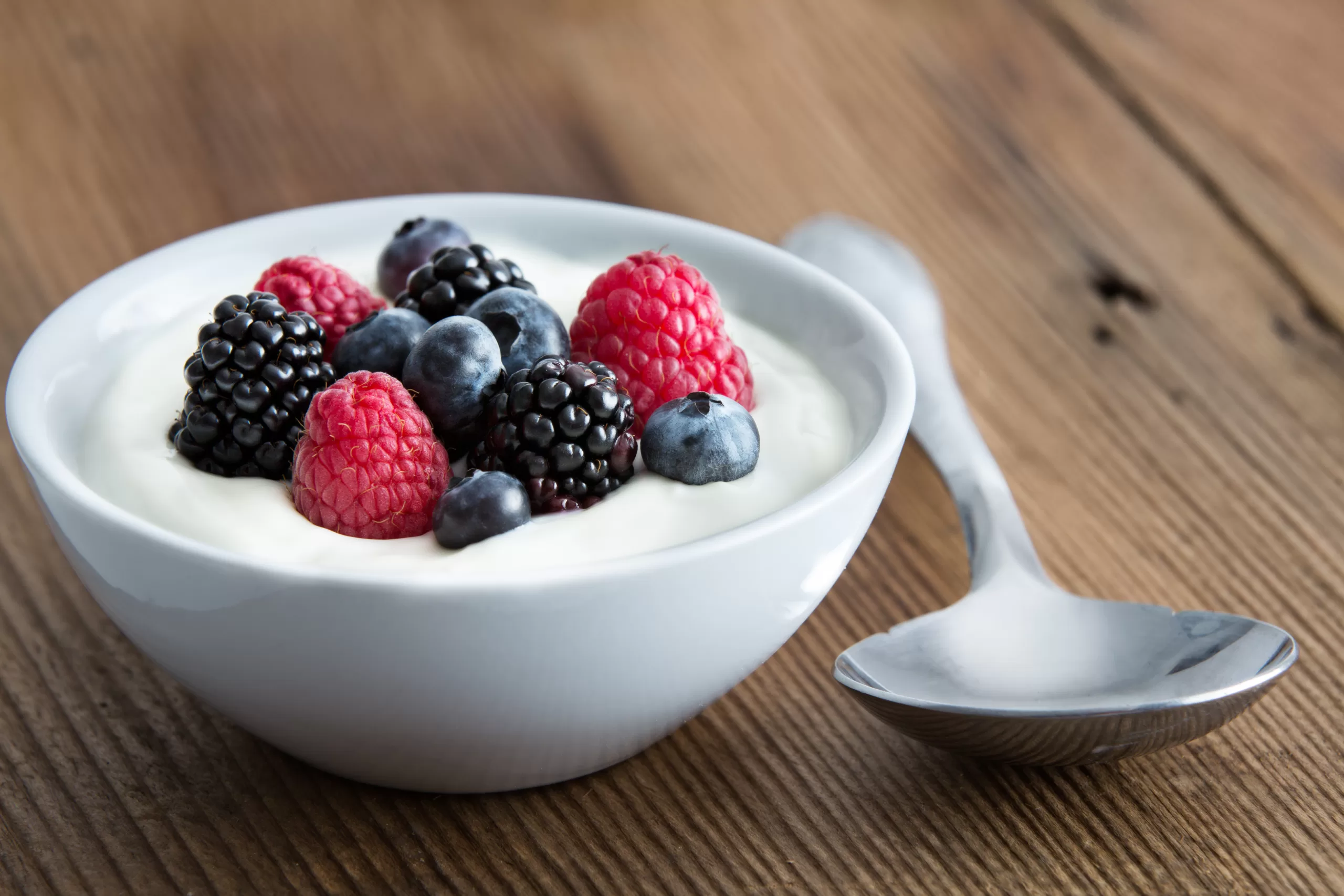 Made by fermenting milk with live bacterial cultures, yogurt is an excellent source of probiotics. Not all yogurts are created equal, however. For optimal results, look for labels that mention “live and active cultures” that contribute to gut health. Plain, unsweetened yogurt is the healthiest choice, as it is free from added sugars that can detract from its benefits.
Made by fermenting milk with live bacterial cultures, yogurt is an excellent source of probiotics. Not all yogurts are created equal, however. For optimal results, look for labels that mention “live and active cultures” that contribute to gut health. Plain, unsweetened yogurt is the healthiest choice, as it is free from added sugars that can detract from its benefits.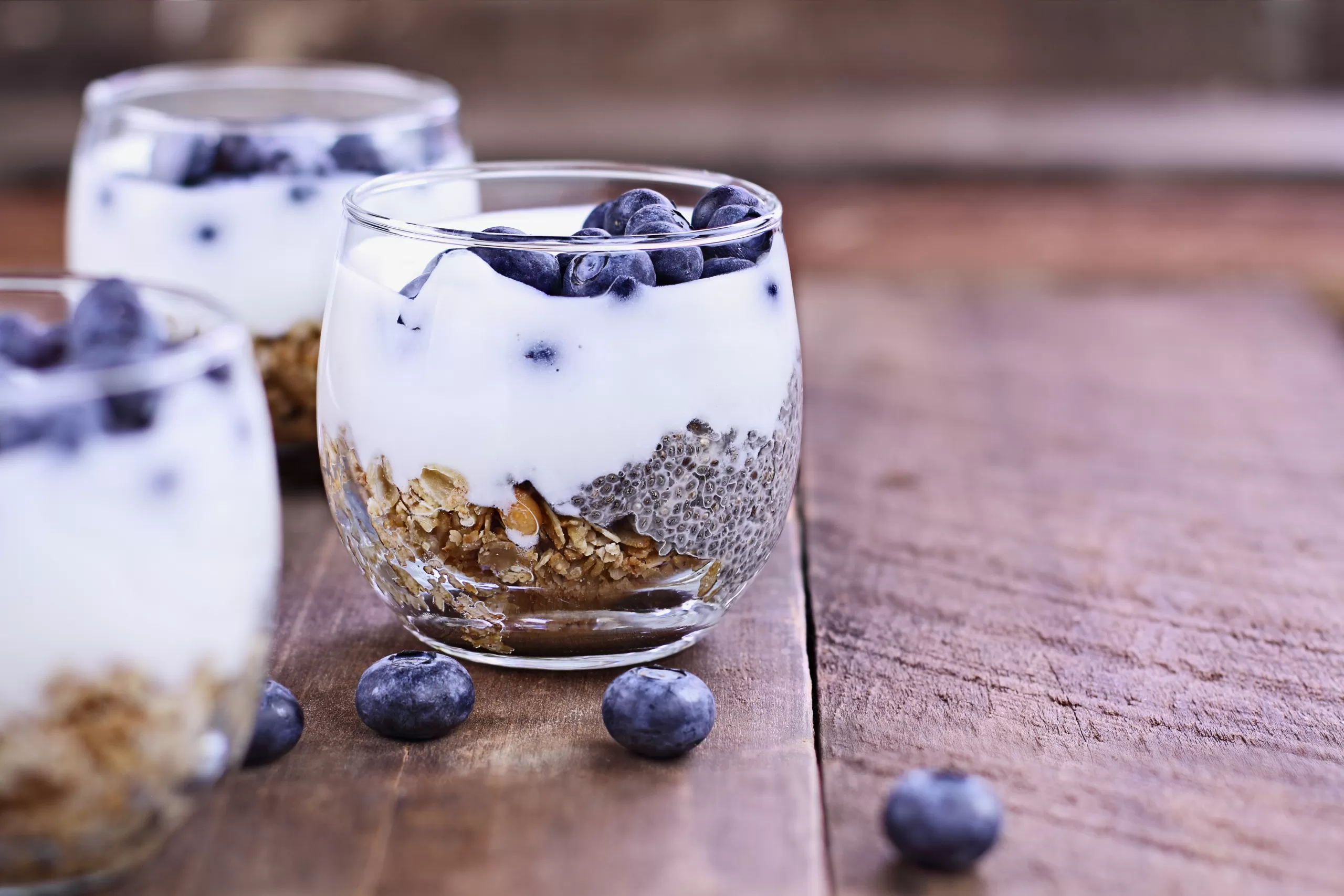 Like yogurt, kefir is created by adding bacterial cultures to milk. But what sets it apart is the addition of special yeast which enhances its probiotic profile. This broader range of probiotics may offer more significant benefits than other dairy-based sources. Again, for the full health advantages, choose the plain varieties to avoid the added sugars present in flavored options.
Like yogurt, kefir is created by adding bacterial cultures to milk. But what sets it apart is the addition of special yeast which enhances its probiotic profile. This broader range of probiotics may offer more significant benefits than other dairy-based sources. Again, for the full health advantages, choose the plain varieties to avoid the added sugars present in flavored options.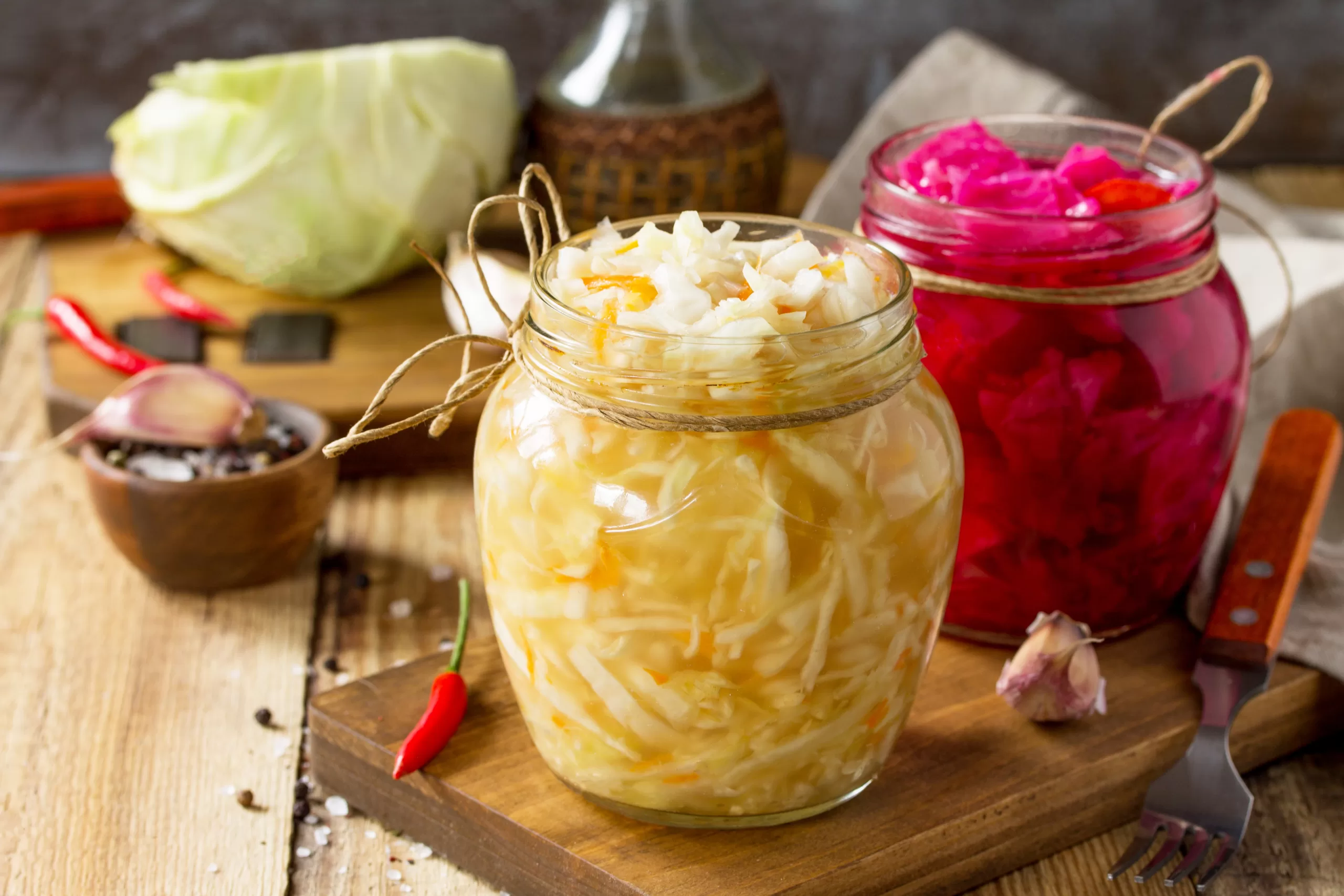 Another fermented favorite, sauerkraut is a traditional cabbage dish rich in live probiotics. The fermentation process that sauerkraut undergoes transforms the natural sugars in cabbage into lactic acid which encourages the growth of good bacteria.
Another fermented favorite, sauerkraut is a traditional cabbage dish rich in live probiotics. The fermentation process that sauerkraut undergoes transforms the natural sugars in cabbage into lactic acid which encourages the growth of good bacteria.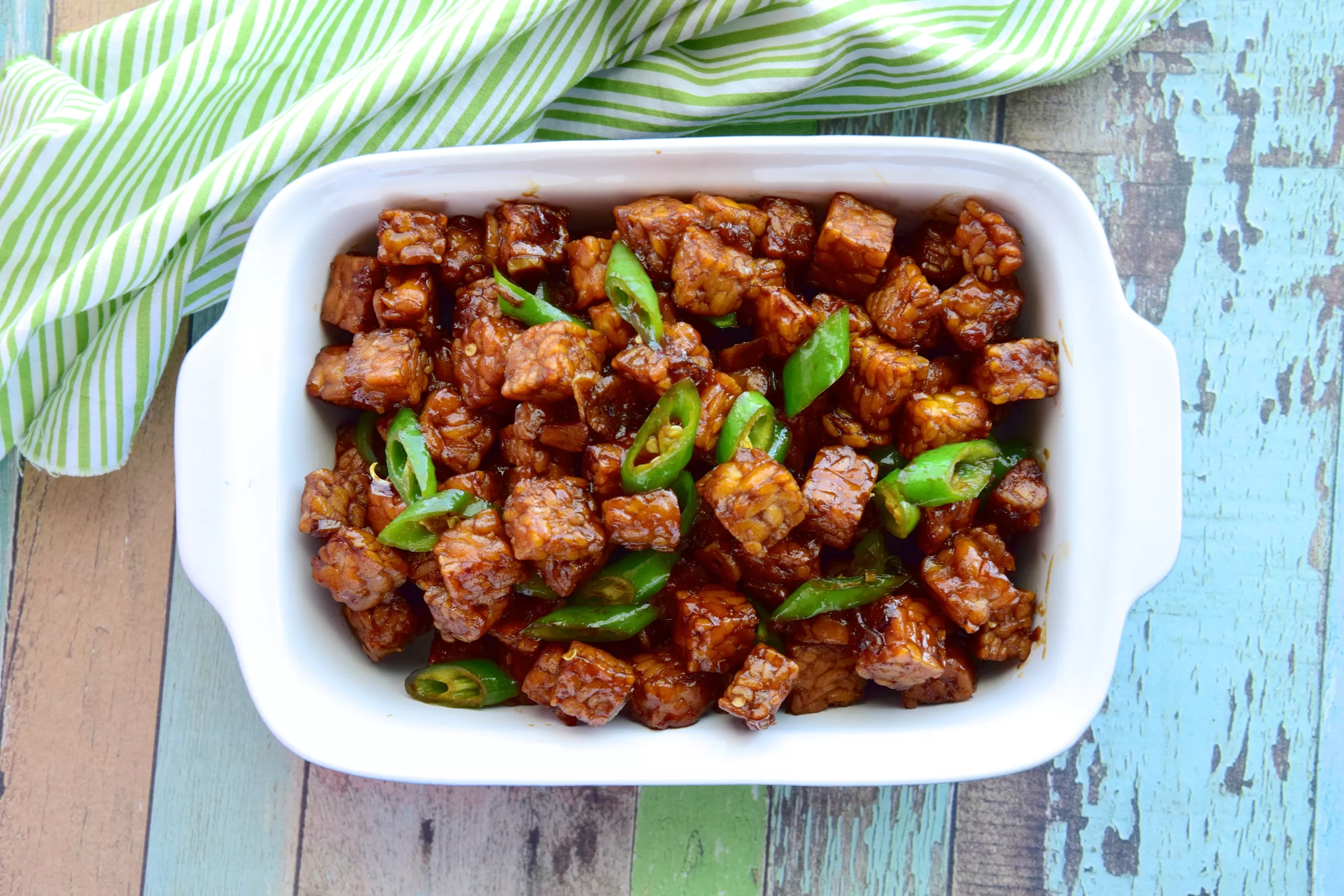 Tempeh stands out in the world of fermented foods for its distinctive method of fermentation. The process begins with soaking, dehulling, and cooking whole soybeans, followed by adding a specific mold, Rhizopus oligosporus. Unlike other fermentation processes, this mold creates a compact cake, which results in a higher concentration of probiotics.
Tempeh stands out in the world of fermented foods for its distinctive method of fermentation. The process begins with soaking, dehulling, and cooking whole soybeans, followed by adding a specific mold, Rhizopus oligosporus. Unlike other fermentation processes, this mold creates a compact cake, which results in a higher concentration of probiotics.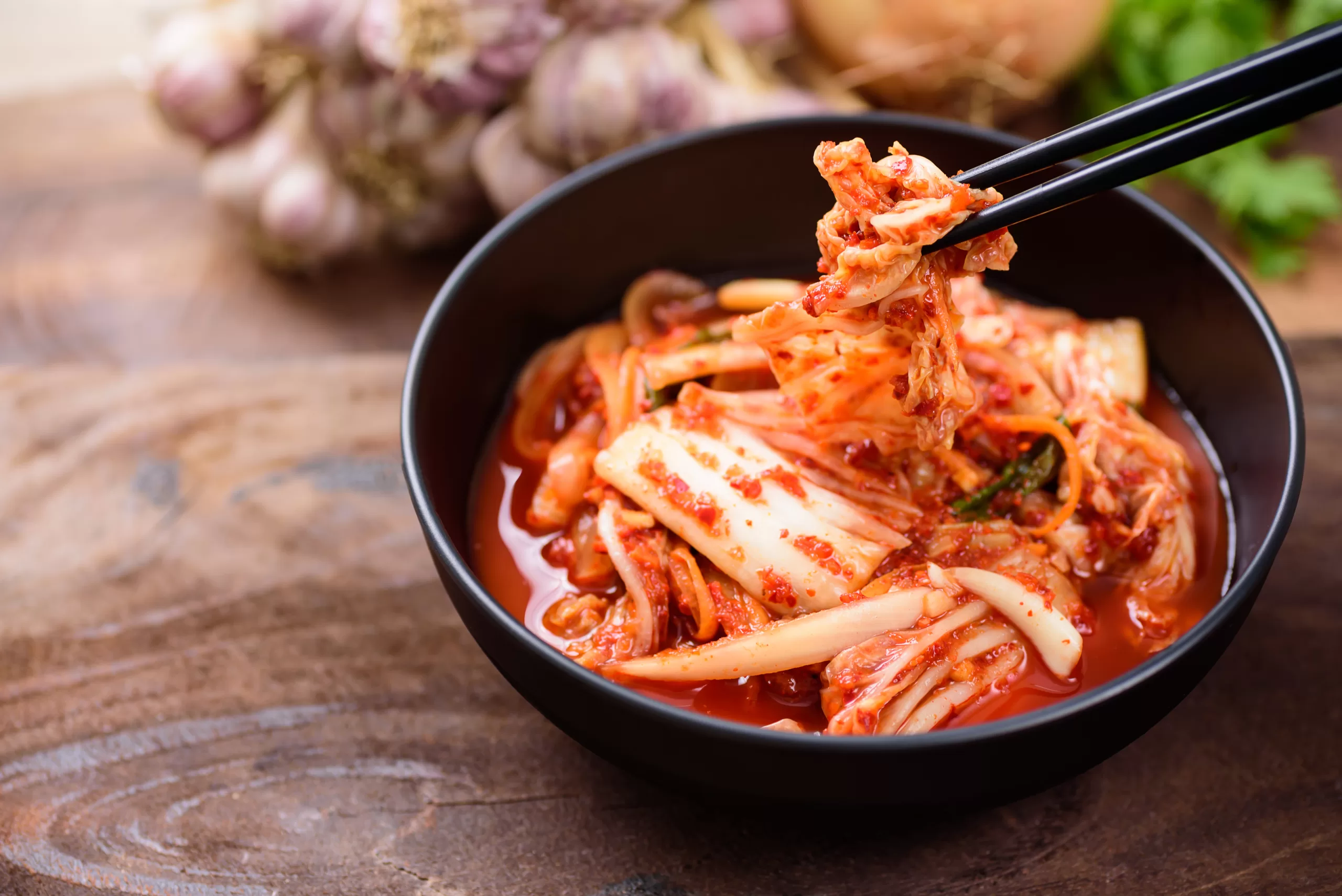 Kimchi, a staple in Korean cuisine, gets its probiotic benefits from a unique fermentation process. Cabbage mixed with spices like garlic and chili peppers undergoes fermentation, which results in a rich variety of probiotic bacteria.
Kimchi, a staple in Korean cuisine, gets its probiotic benefits from a unique fermentation process. Cabbage mixed with spices like garlic and chili peppers undergoes fermentation, which results in a rich variety of probiotic bacteria.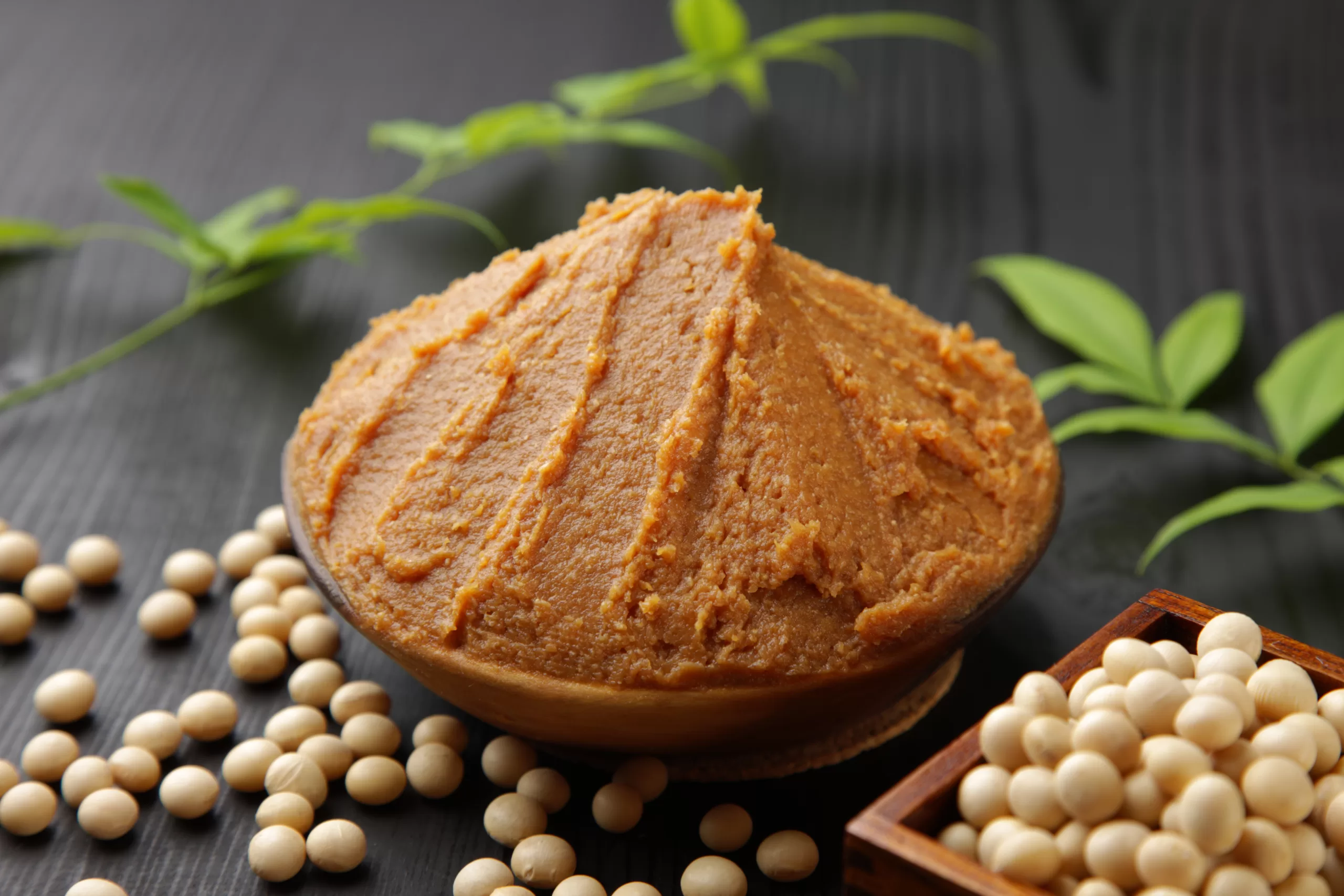 Miso, a Japanese seasoning, is made by fermenting soybeans with salt and fungus known as koji. In this process, koji introduces special enzymes that break down soybeans and foster the growth of probiotics. The type of miso – white, yellow, red, or mixed – varies based on how long it is fermented and the proportion of soybeans to koji. These factors affect the taste, texture, and the particular probiotic strains found in each type of miso.
Miso, a Japanese seasoning, is made by fermenting soybeans with salt and fungus known as koji. In this process, koji introduces special enzymes that break down soybeans and foster the growth of probiotics. The type of miso – white, yellow, red, or mixed – varies based on how long it is fermented and the proportion of soybeans to koji. These factors affect the taste, texture, and the particular probiotic strains found in each type of miso.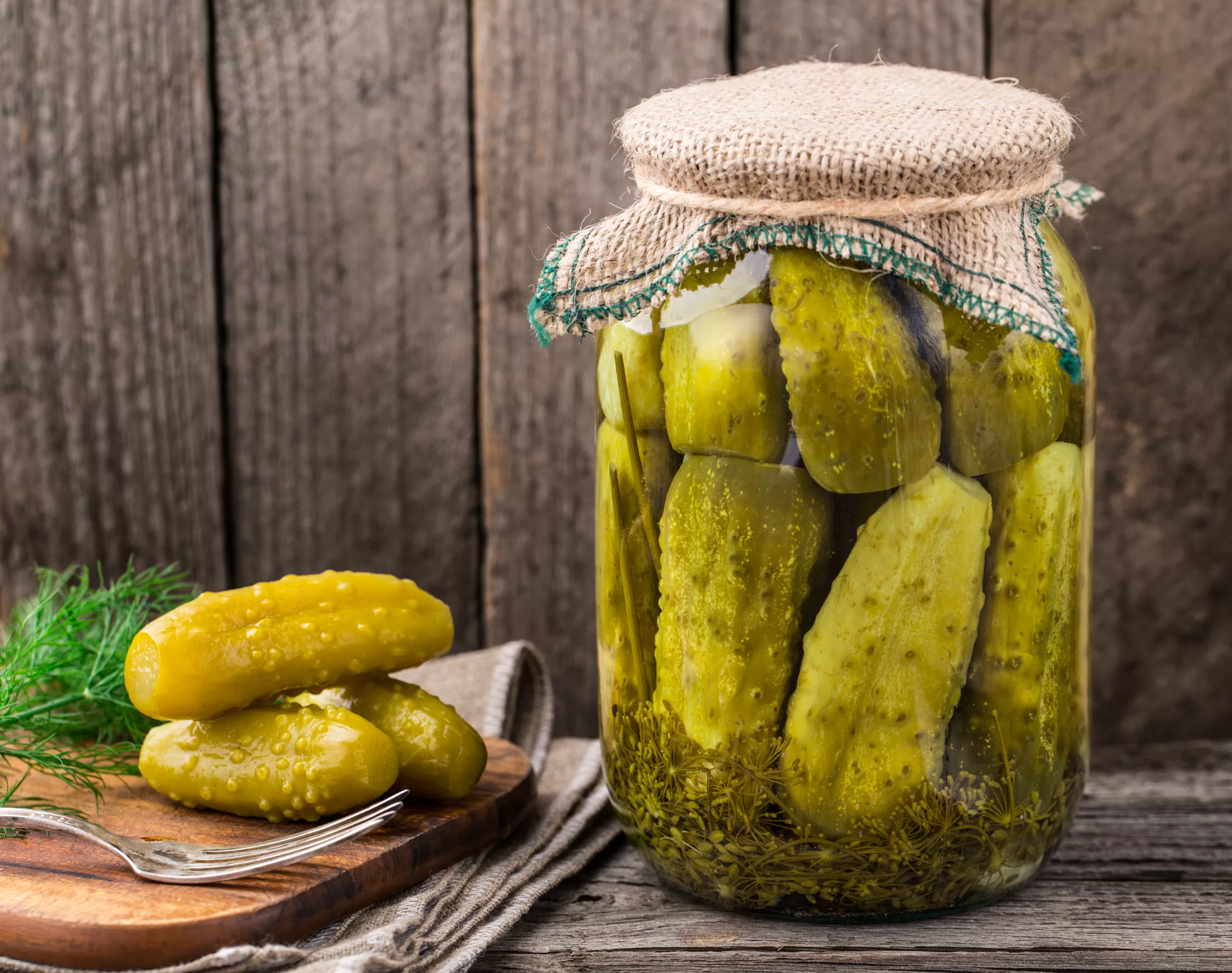 Pickles fermented in the traditional way offer a good source of probiotics. This process involves submerging cucumbers in a solution of salt and water, which leads to the growth of beneficial lactic acid bacteria.
Pickles fermented in the traditional way offer a good source of probiotics. This process involves submerging cucumbers in a solution of salt and water, which leads to the growth of beneficial lactic acid bacteria.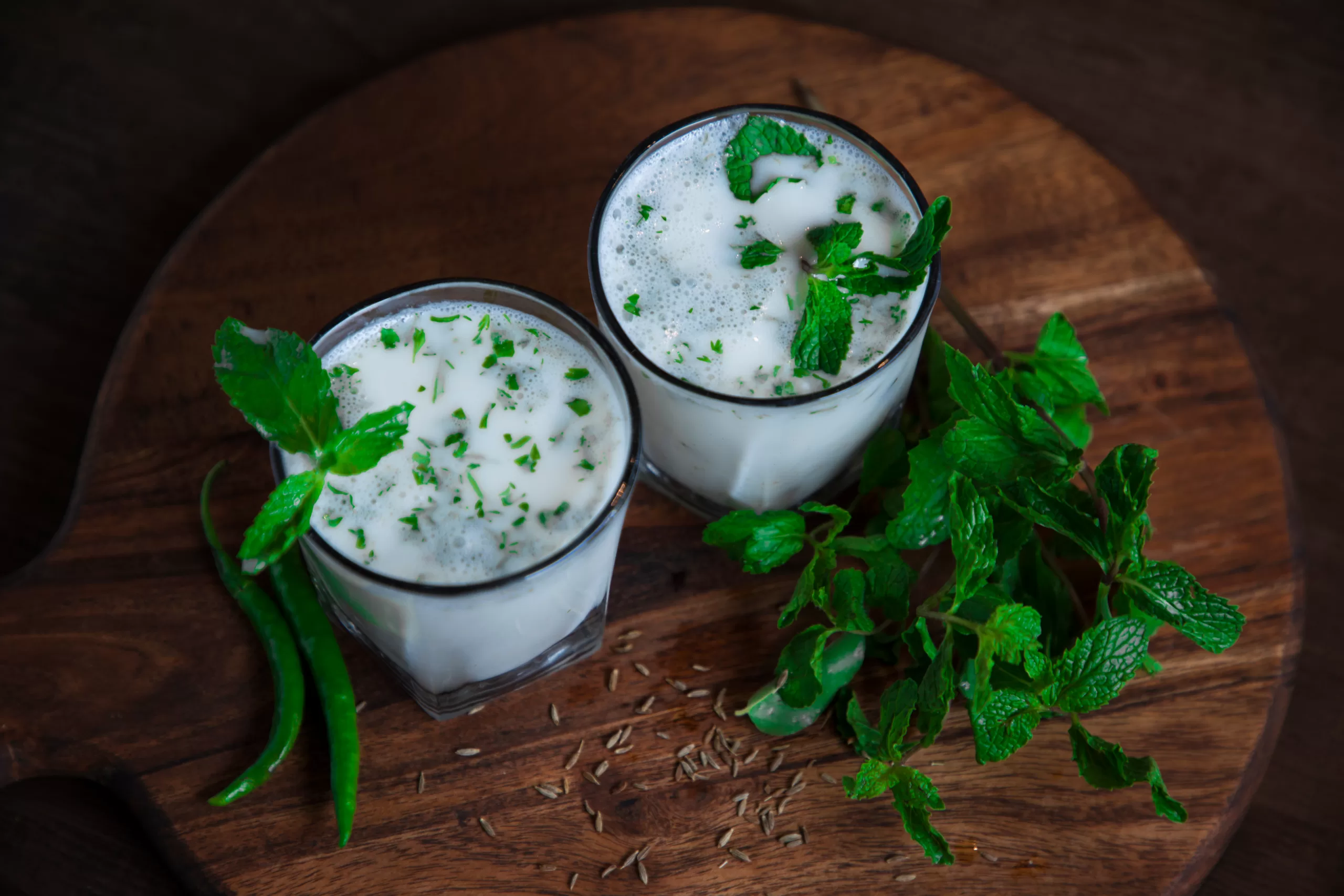 Traditional buttermilk, a probiotic-rich liquid, is a byproduct of churning butter from cultured cream. During this process, natural bacteria in the cream produce lactic acid, which supports the growth and activity of probiotics. In contrast, the cultured buttermilk found in supermarkets undergoes a different production method. Initially, the milk is pasteurized, a process that heats it and eliminates many of its naturally occurring beneficial bacteria. After pasteurization, bacterial cultures are added to the milk but they do not provide the same diversity of probiotics found in traditional buttermilk. This is because of the prior removal of the original bacteria during pasteurization.
Traditional buttermilk, a probiotic-rich liquid, is a byproduct of churning butter from cultured cream. During this process, natural bacteria in the cream produce lactic acid, which supports the growth and activity of probiotics. In contrast, the cultured buttermilk found in supermarkets undergoes a different production method. Initially, the milk is pasteurized, a process that heats it and eliminates many of its naturally occurring beneficial bacteria. After pasteurization, bacterial cultures are added to the milk but they do not provide the same diversity of probiotics found in traditional buttermilk. This is because of the prior removal of the original bacteria during pasteurization.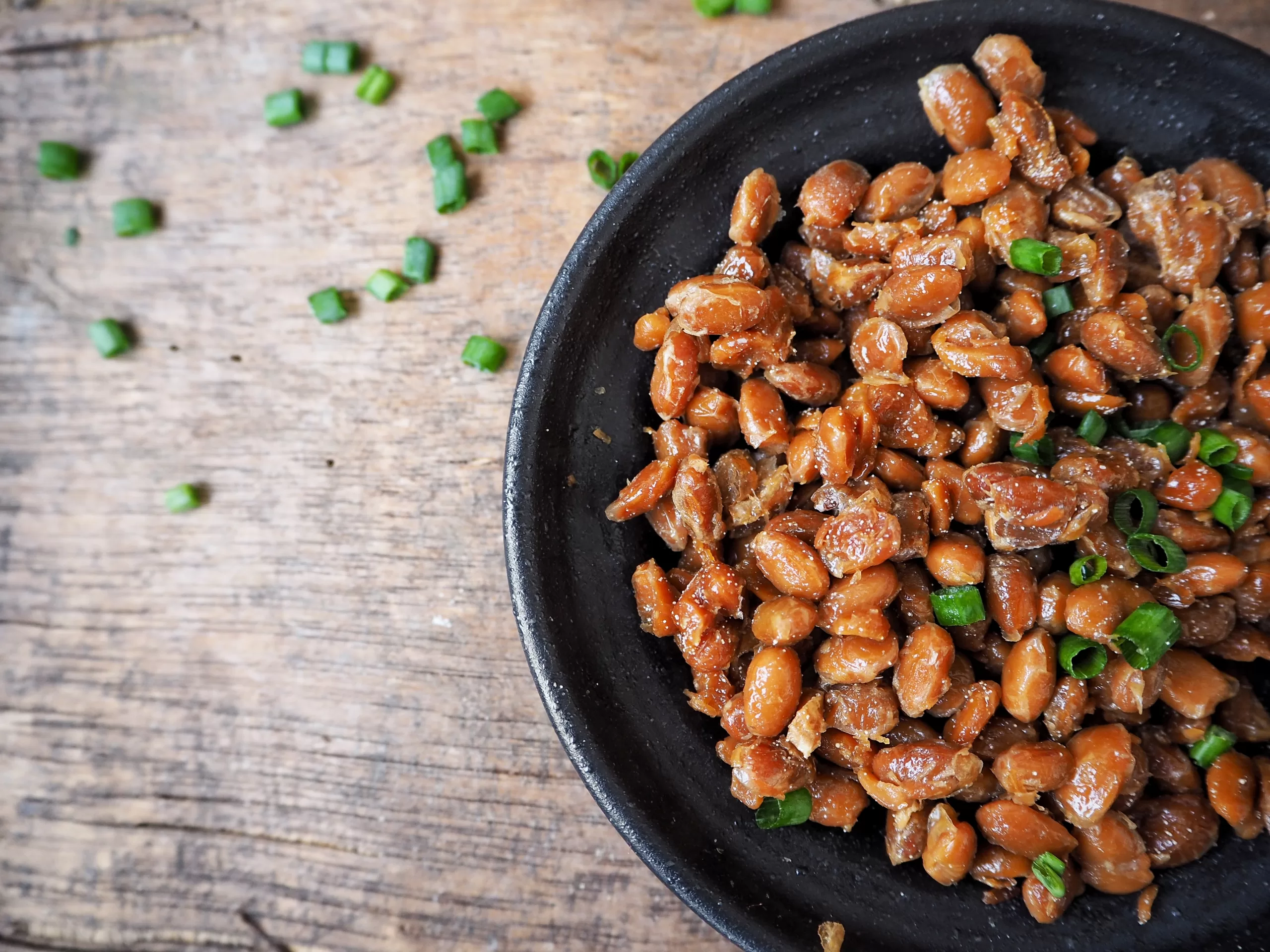 Another staple in Japanese cuisine, natto is produced by fermenting soybeans with a beneficial bacteria called Bacillus subtilis. This fermentation not only gives natto its unique sticky texture and strong flavor but also results in a high concentration of probiotics.
Another staple in Japanese cuisine, natto is produced by fermenting soybeans with a beneficial bacteria called Bacillus subtilis. This fermentation not only gives natto its unique sticky texture and strong flavor but also results in a high concentration of probiotics.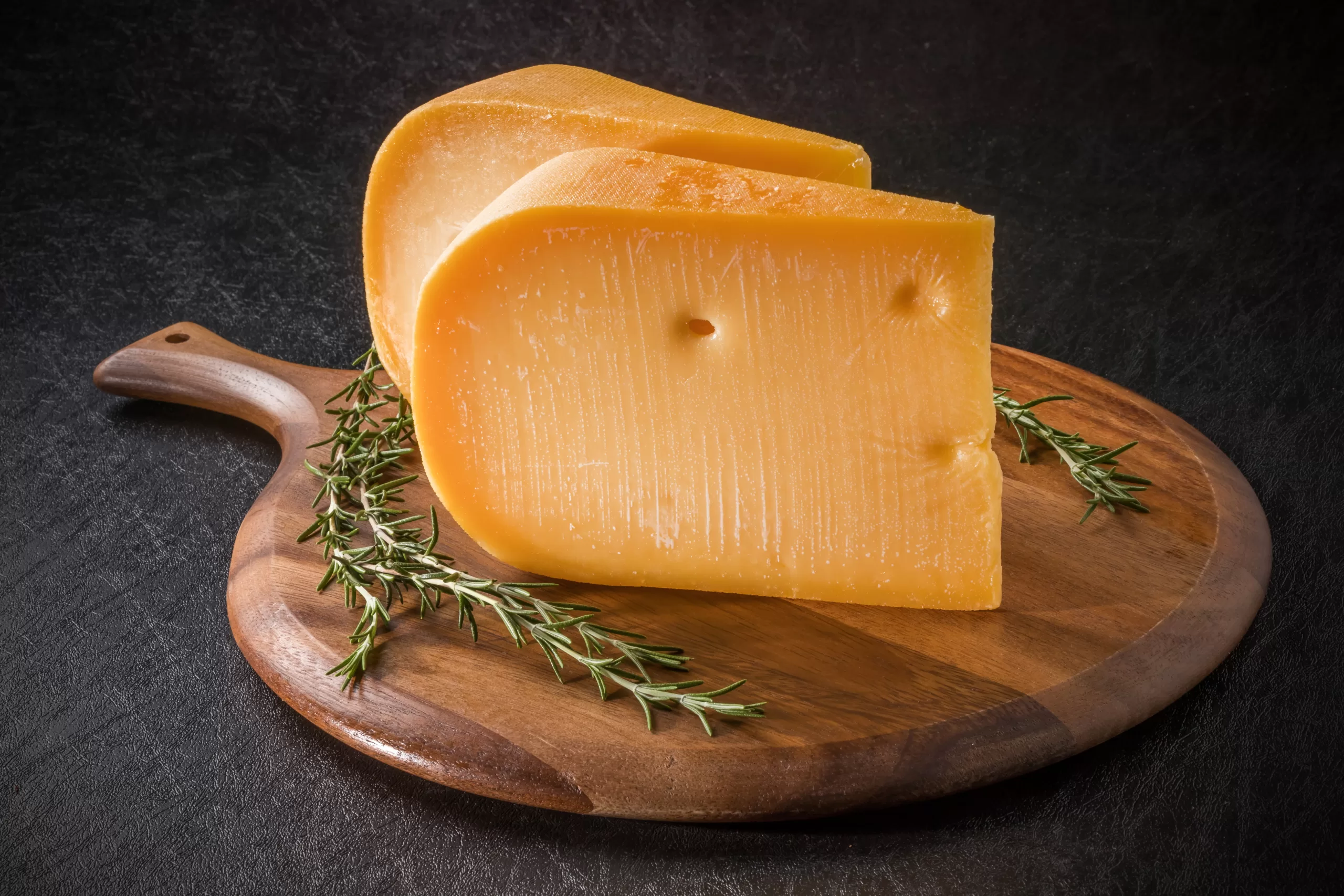 Certain cheeses like Gouda, Mozzarella, Cheddar, and Swiss are excellent sources of probiotics. They are created through a process that uses live bacterial cultures to ferment lactose into lactic acid. This conversion is key because it lowers the pH of milk and creates an acidic environment where beneficial bacteria thrive while undesirable bacteria are inhibited.
Certain cheeses like Gouda, Mozzarella, Cheddar, and Swiss are excellent sources of probiotics. They are created through a process that uses live bacterial cultures to ferment lactose into lactic acid. This conversion is key because it lowers the pH of milk and creates an acidic environment where beneficial bacteria thrive while undesirable bacteria are inhibited.